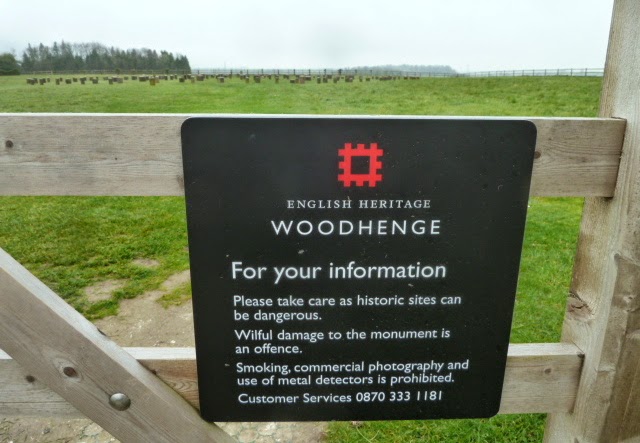The main entrance to the "Watermill theatre" in Newbury.
I had heard about this little theatre on many occasions, but had never manage to get there and see a performance. I was not disappointed, because the production of this popular Jane Austen story was excellent. The drive to the theatre was not helped by the torrential rain, which was so heavy, it was almost impossible to see out of the windscreen. Just outside Hungerford the road was flooded, and we had to wait in line until our turn came to pass through in the middle of the road!
When we arrived at the theatre, we had to sit in the car for ten minutes or so, until the rain stopped. The car park was flooded, but we picked our way to the entrance past the ducks, who continued doing what ducks do in the spring time, with one female and two or three males! Female ducks have a hard time every spring!
The stage in the little theatre.
The theatre is small, perhaps holding an audience of about 150 people. We sat in the front row, in the middle of the action, and with a good view of the costumes and some fine looking 19th century young men. The cast of professional actors produced a completely convincing performance, it was wonderful.
The theatre is small, perhaps holding an audience of about 150 people. We sat in the front row, in the middle of the action, and with a good view of the costumes and some fine looking 19th century young men. The cast of professional actors produced a completely convincing performance, it was wonderful.
The one set was used for all the scenes.
With canny furniture removals, the one set served to show a smart house, a little cottage, a ballroom, a walk in the garden, watching the stars, and the catching creepy crawlies in a pond! A white screen in front of the windows could be raised and lowered.
In the above photo, it is lowered to show a room in a small cottage, in the ball scene it was raised to show the more elaborate window frames of a smart manor house. All very clever.
The piano sets the scene in a small house.
The theatre is in a converted watermill, and in the entrance, a glass fronted wall allows the audience to see the water rushing past the old waterwheel and out through the sluices. That evening, with all that rain, it looked in full flood!
The theatre is in a converted watermill, and in the entrance, a glass fronted wall allows the audience to see the water rushing past the old waterwheel and out through the sluices. That evening, with all that rain, it looked in full flood!
.jpg)
.jpg)
.jpg)
.jpg)
.JPG)
.JPG)
.JPG)
.JPG)
.JPG)
.jpg)
.jpg)
.jpg)
.JPG)
.JPG)
.JPG)


.JPG)
.JPG)


.JPG)
.JPG)






